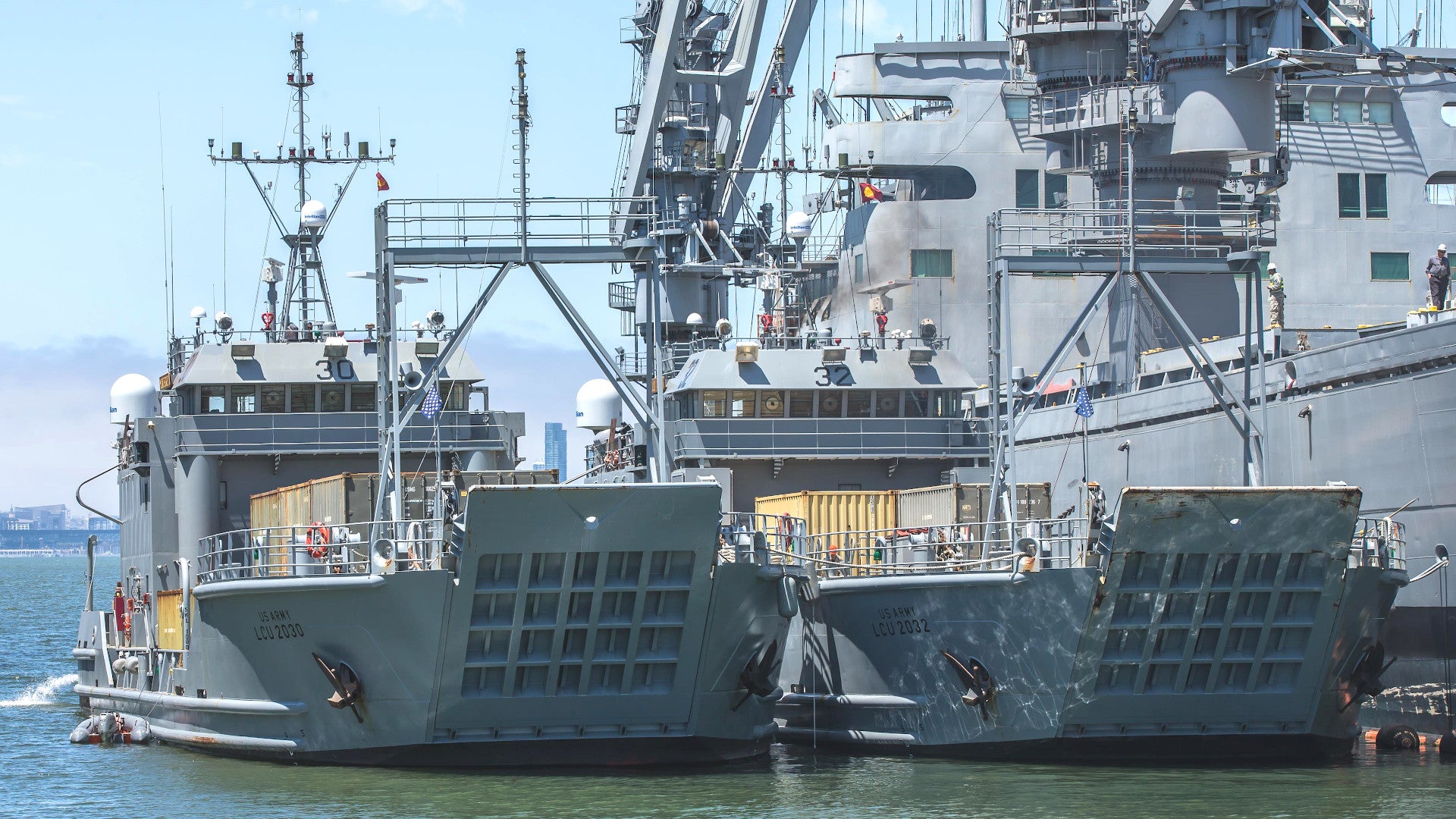Nearly two years ago, Congress told the U.S. Army to pump the brakes on its plans to dramatically cut the size of its obscure and generally underappreciated fleets of amphibious landing ships, landing craft, and a variety of other maritime assets, which are also referred to as “the Army’s Navy.” This came after The War Zone first reported that the General Frank S. Besson class Logistics Support Vessel USAV SSGT Robert T. Kuroda was up for sale, a listing that was quickly taken down from the General Services Administration’s auction website. Now, a number of Army vessels are available for purchase again, showing that the service is moving ahead again with at least some of the previously planned divestments.
A banner advertisement currently on the GSA Auctions website says that a total of nine Landing Craft Mechanizeds (LCM), eight Landing Craft Utilitys (LCU), four small tugs, one large tug, and a crane barge, will be up for bid between July 7 and July 16, 2021. At the time of writing, all of these vessels are listed on the site.

The present sizes of the Army’s various watercraft fleets are unclear, but, as of 2018, it had 36 LCM Mk 8s (LCM-8), 34 LCU-2000s, 16 small tugs, 8 large tugs, and two crane barges, spread across a number of active duty and so-called Reserve Component units, as well as in storage in propositioned stockpiles around the world in case of contingencies. The Reserve Component includes the Army Reserve and the Army National Guard. It’s also not clear if the vessels and the barge on sale now came from active or reserve elements.

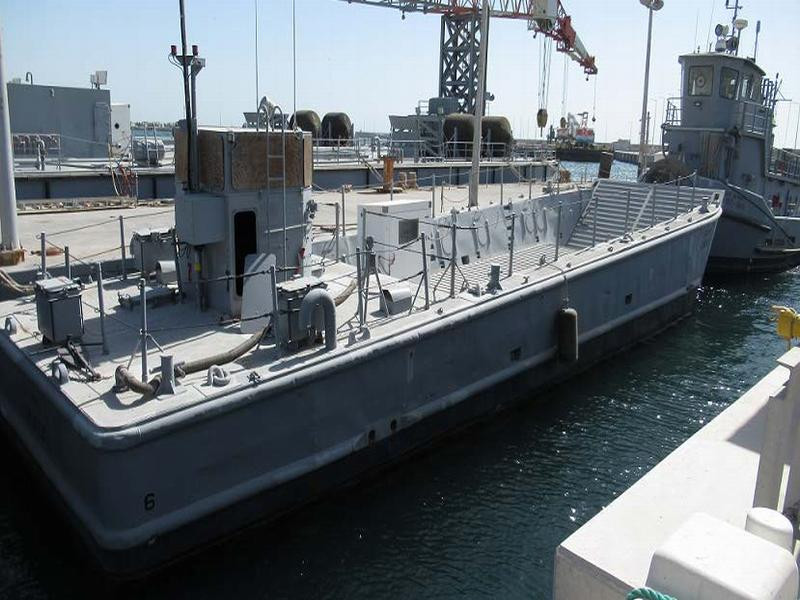
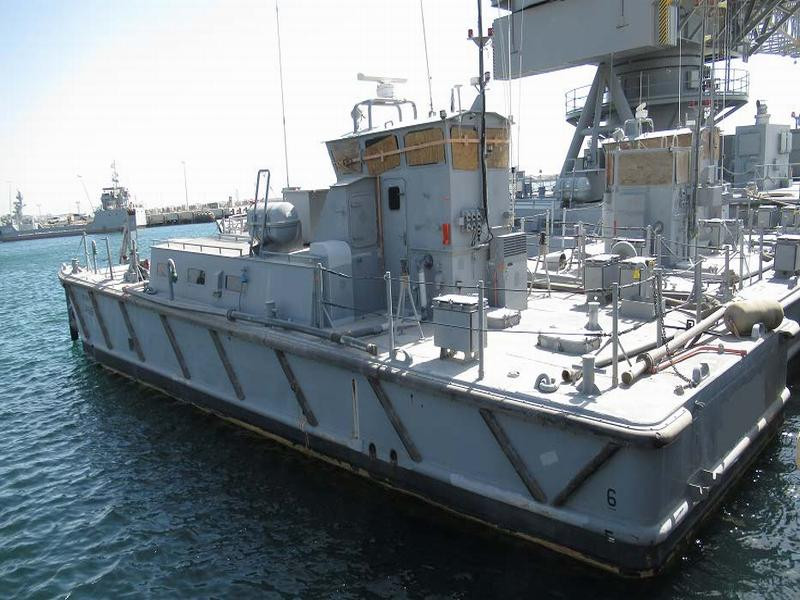
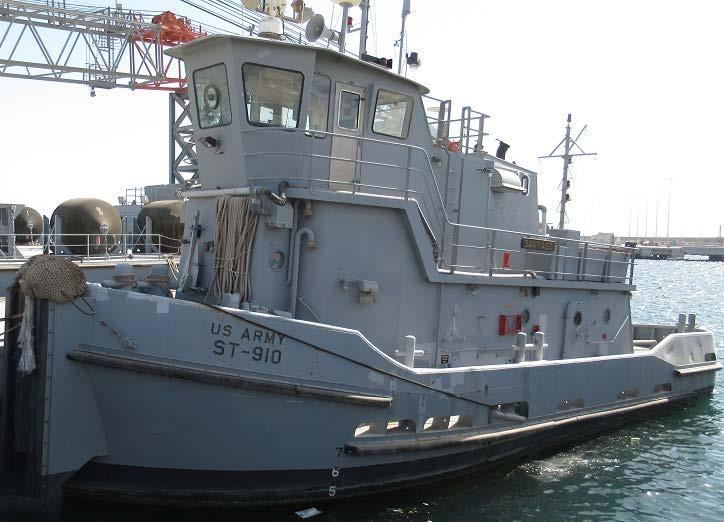
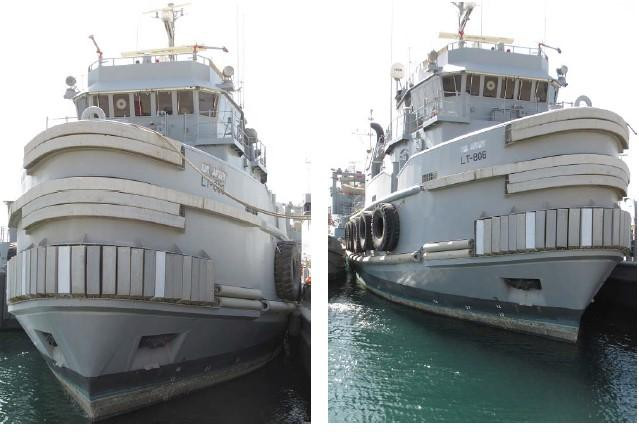
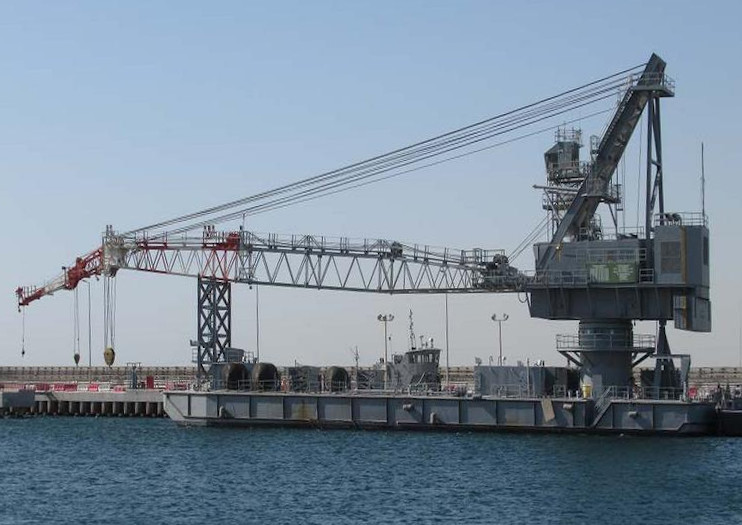
If the overall size of the Army’s Navy remains largely the same, the 23 maritime assets that have been put up for sale through GSA represent a much smaller portion of the total watercraft fleet than the service had attempted to shed back in 2019, before lawmakers intervened. Also notably absent from the auction listings, at least so far, are any of its larger Logistics Support Vessels (LSV), some of which had originally been on the chopping block.
The Army has eight LSVs, six of which are approximately 4,200-ton displacement ships that are similar in some respects to Land Ship Tank (LST) type vessels, a kind of amphibious warfare vessel that the U.S. Navy no longer operates. The last two of these ships are members of a distinct, larger subclass with various additional features that give them greater operating range and improved performance on the open ocean. You can read more about them in this past War Zone story. It is also worth noting that the Navy is now working with the Marine Corps on the acquisition of a new class of Light Amphibious Warships (LAW), which are also closer in general design and capabilities to LSTs.
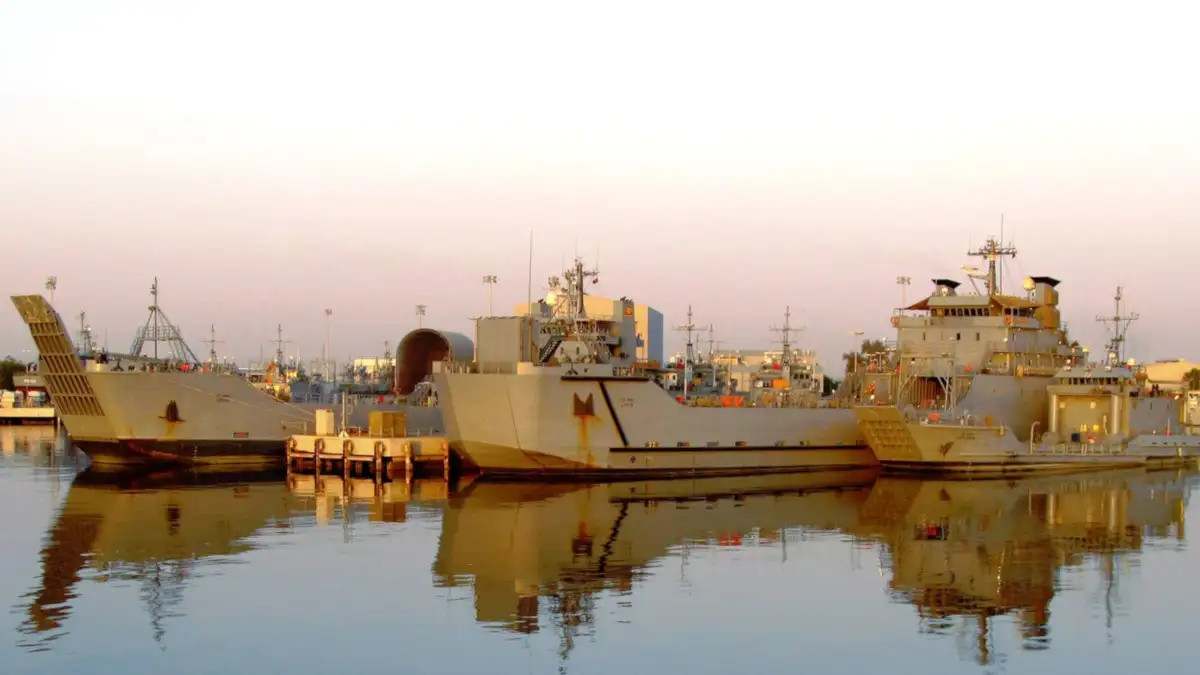
It is also important to point out that the Army is still moving ahead with plans to purchase a fleet of new Maneuver Support Vessels (Light), or MSV(L), which you can read about in more detail here, to replace its LCM-8. The service’s most recent budget request for the 2022 Fiscal Year asks for $76.6 million to buy two MSV(L)s, which, if approved, would add to funding it has already received to buy a pair of these boats in the current fiscal cycle.
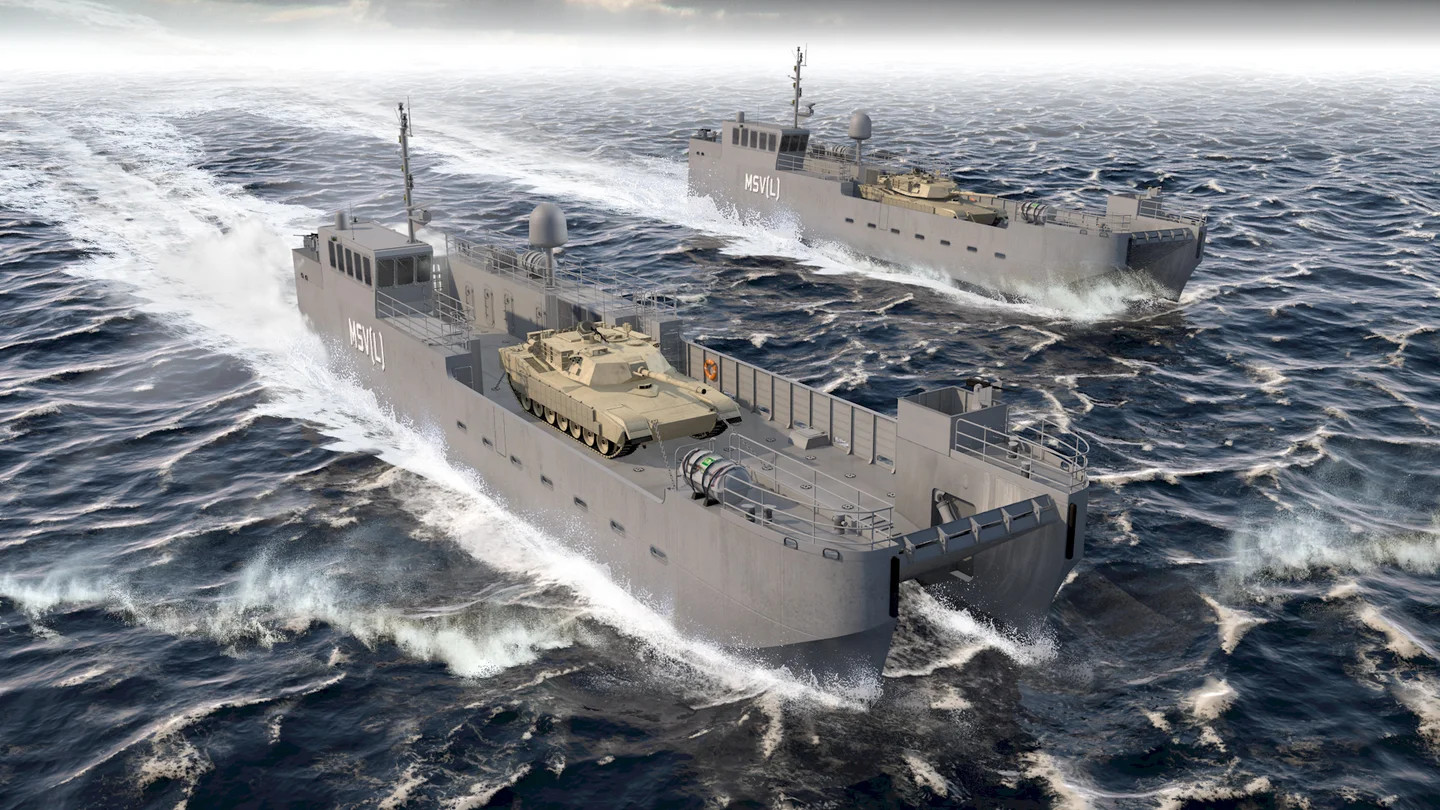
“The two LRIP [Low-Rate Initial Production] vessels are required for Production Verification Testing (PVT), Reliability, Availability and Maintainability (RAM) testing, and Operational Testing,” according to official budget documents. The Army has said in the past that it wants to buy 36 MSV(L)s, in total, to replace all of its LCM-8 on a one-for-one basis. As a result, the divesture of nine Vietnam War-era LCM-8, at least, may not ultimately have an impact on the overall size of the Army’s Navy.
The Army’s proposed 2022 Fiscal Year budget also includes $44.4 million for various other watercraft-related activities, the bulk of which would go to extending the service life of one LCU-2000 and four Modular Causeway Systems (MCS), the latter of which are used to help get vehicles and other materiel from larger ships to shore in the absence of traditional port facilities. This funding would continue years of service life extension efforts for the service’s LCU-2000 fleet and its MCSs.
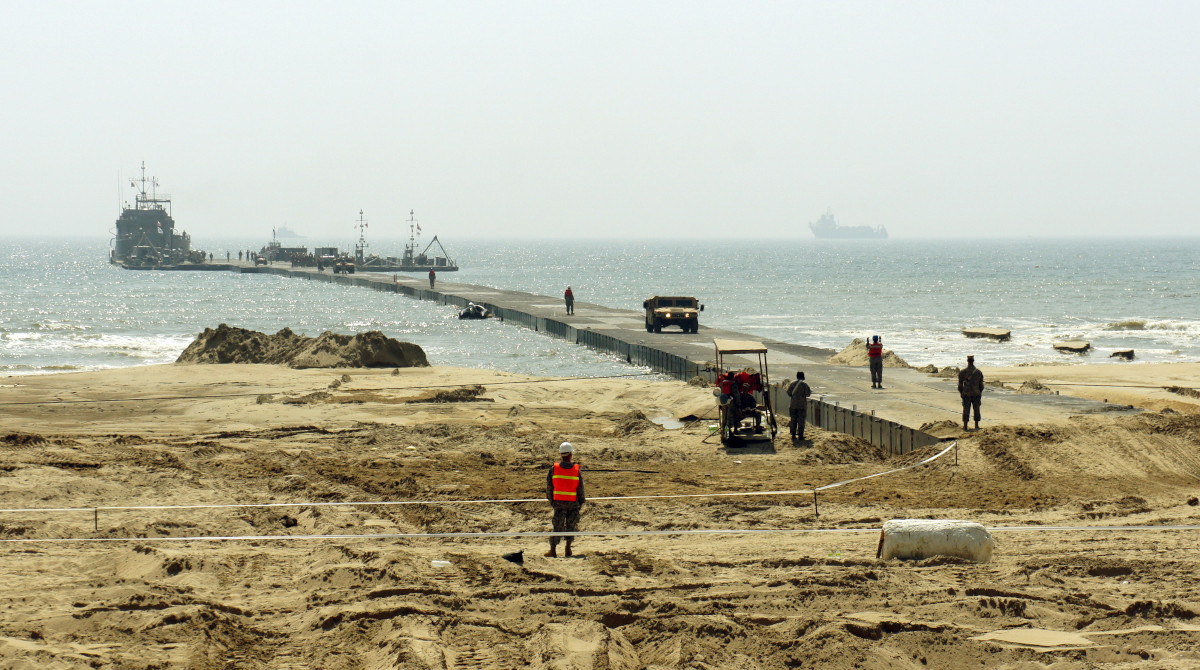
Army efforts, to ensure the service’s relevancy in future high-end conflicts, especially in the Pacific against China, appear to be a major factor in the revision of its watercraft plans. The Trump Administration’s National Defense Strategy, which was released in 2018, placed a renewed emphasis on preparing for so-called “great power competition” with near-peer adversaries, such as China and Russia.
“The Army decided to suspend watercraft transformation while we evaluate the overall watercraft requirements needed to support of the National Defense Strategy,” a spokesperson for the service had told The War Zone back in August 2019. “Initial analysis identified excess capability beyond existing requirements.”
The sections of the service’s proposed 2022 Fiscal Year budget for the future MSV(L)s, as well as sustainment of its various existing fleets, reference “Multi-Domain Operations” (MDO) and “Joint All Domain Operations” (JADO). MDO is the Army’s component of the broader U.S. military-wide JADO concept.
When it comes to the Army, at its most basic, “the [MDO/JADO] concept describes how U.S. ground forces, as part of the joint and multinational team, deter adversaries and defeat highly capable near-peer enemies in the 2025-2050 timeframe,” according to U.S. Army Training and Doctrine Command (TRADOC). Preparing for a high-end, distributed conflict across a broad portion of the Pacific, potentially against China, has been a key focus of MDO within the Army and JADO across the U.S military, as a whole.
“The Army Watercraft Systems (AWS) provide… [an] ability to access multiple entry points via littorals and inland waterways (waterborne corridor) IOT [in order to] sustain forces within an anti-access/area denial (A2/AD) bubble,” the Army’s 2022 Fiscal Year budget request explains.
Just this month, one of the Army’s LSVs, USAV Lt. General William B. Bunker, helped move elements of the service’s I Corps from the unit’s home base at Joint Base Lewis-McChord in Washington State some 5,600 miles across the Pacific to Guam as part of Exercise Forager 21. This drill “is designed to test and refine the Theater Army and the Corps’ ability to deploy landpower forces to the Pacific, execute command and control, and effectively conduct multi-domain operations throughout Oceania,” according to the Army. “Through innovation and experimentation during Forager, the theater Army is finding new ways to employ Army watercraft systems to increase logistical options to the commander and present new dilemmas to adversaries.”
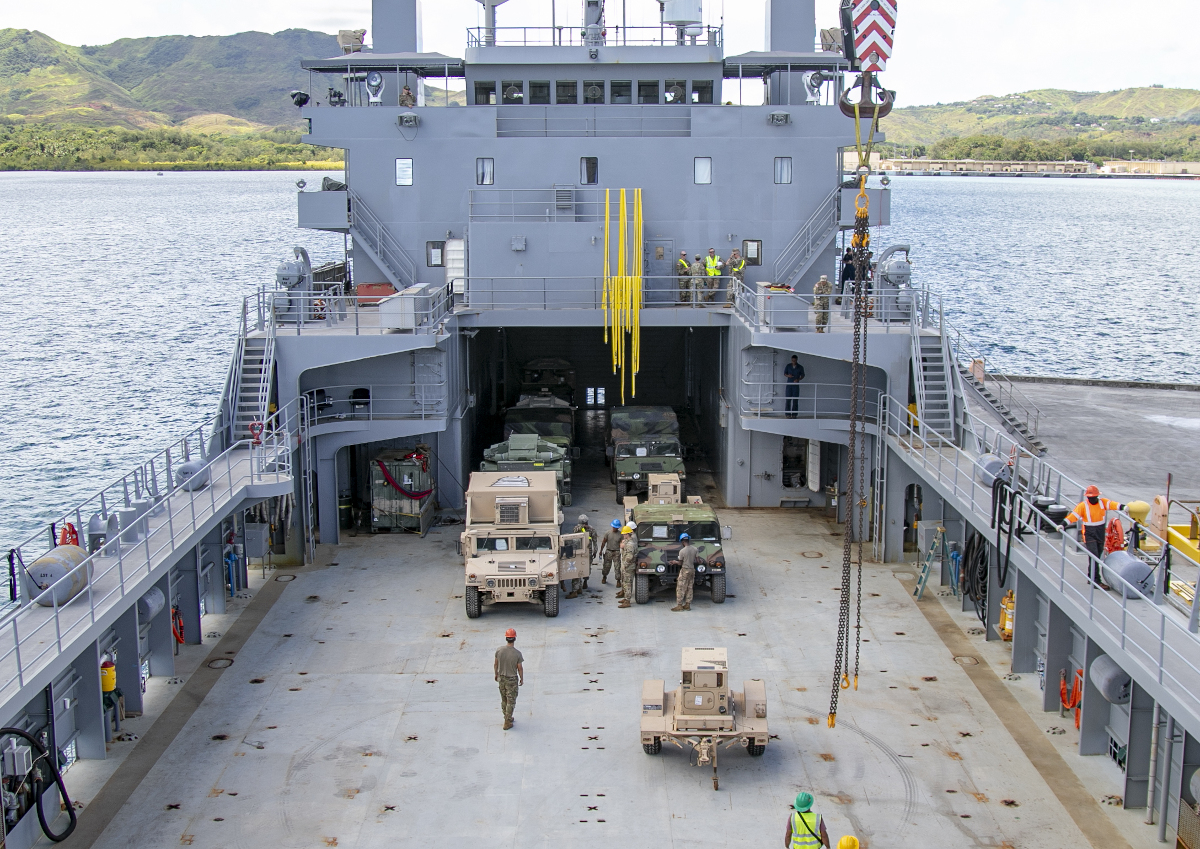
So, while you can hop on GSA Auctions right now and place a bid for a variety of Army landing craft and tugs, or that crane barge, the future of the Army’s Navy seems much more secure than it did two years ago.
Contact the author: joe@thedrive.com
